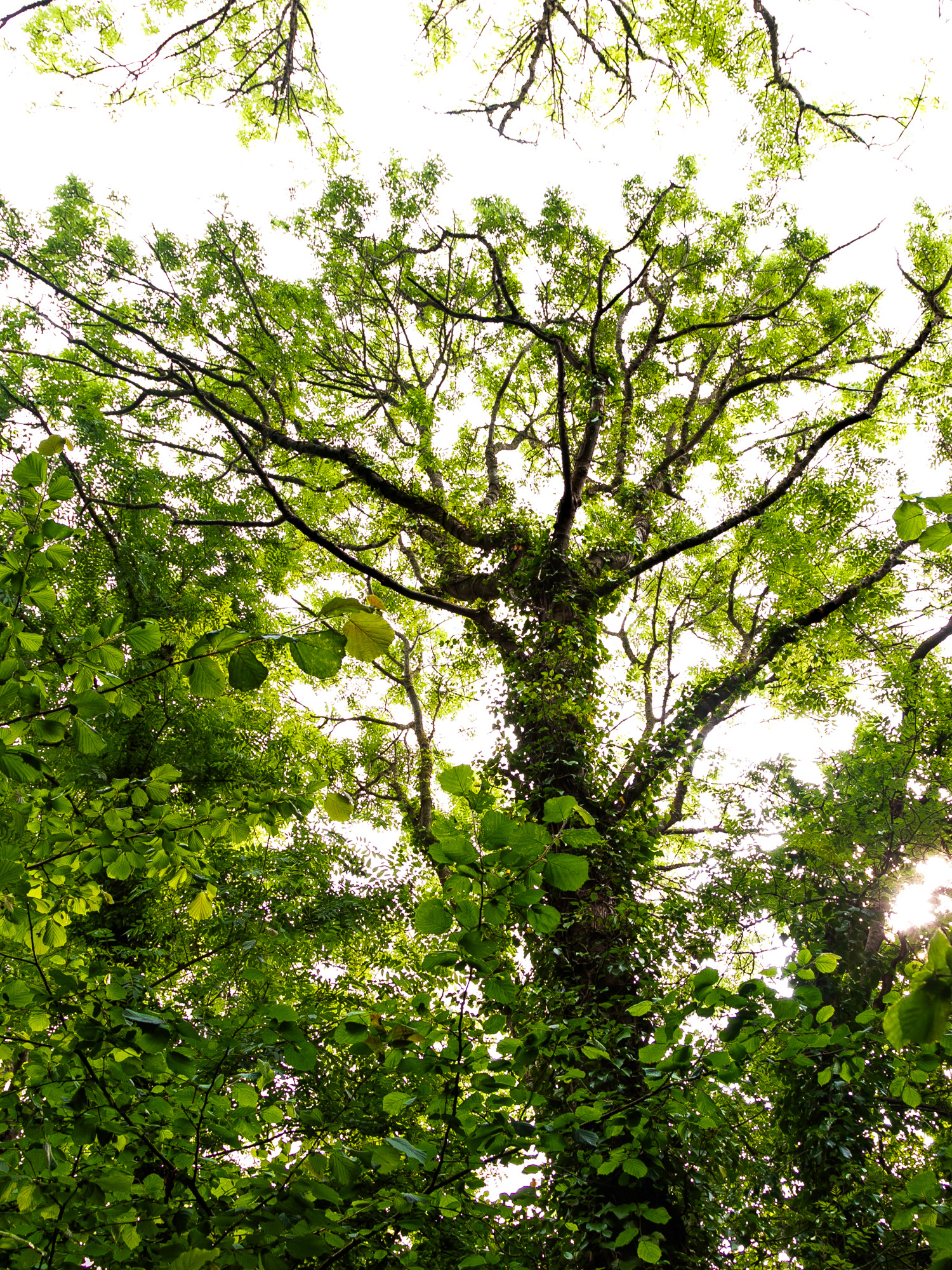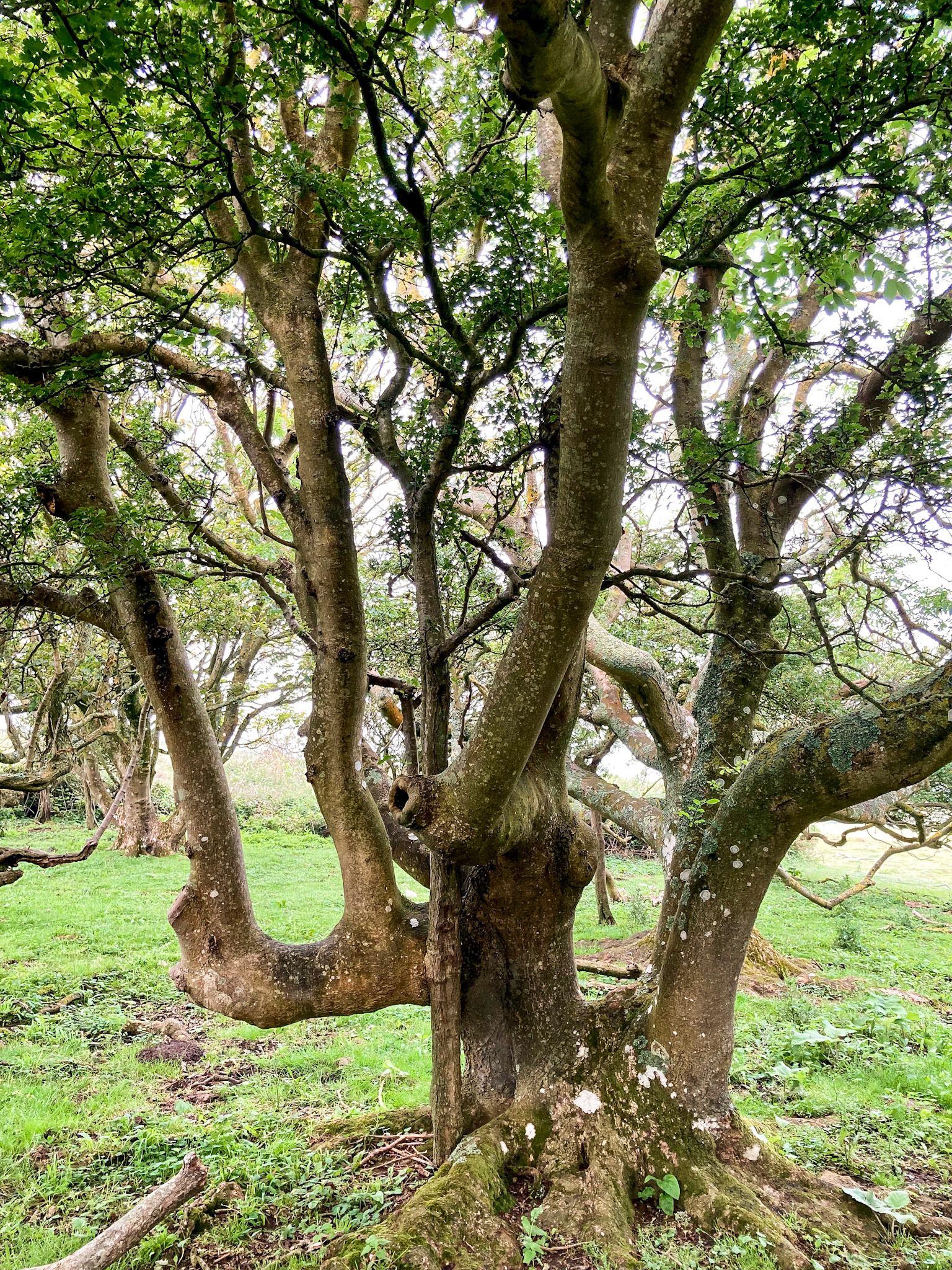The prominent hedgerow ash tree photographed in July 2023.
Photo taken in 2024,eight years on from the 2016 photo and the tree is still looking good unlike the trees nearby that have mostly been felled due to the disease.
(Photo: 2024)
Picture of sign on site explaining the reason for the felling of the ash on Tennyson Down..



